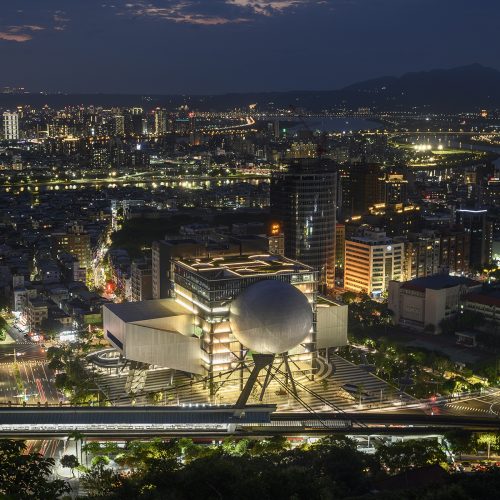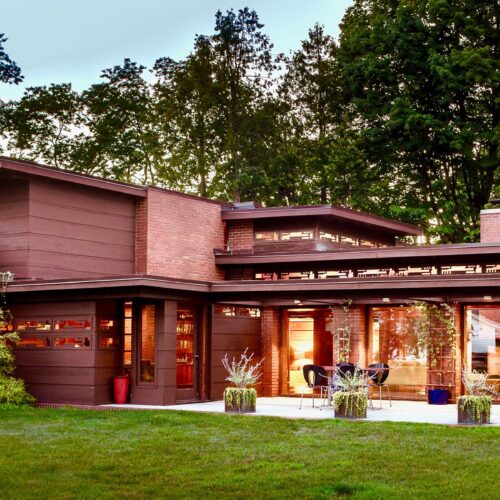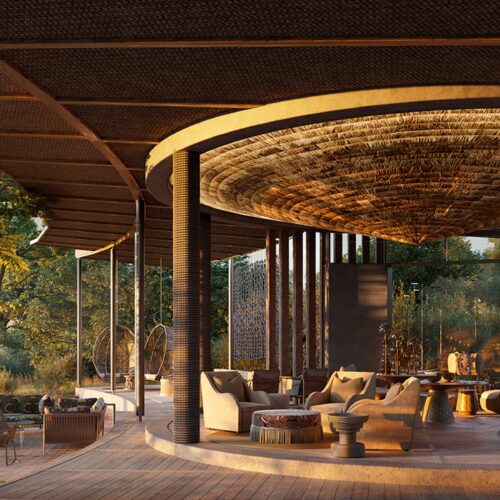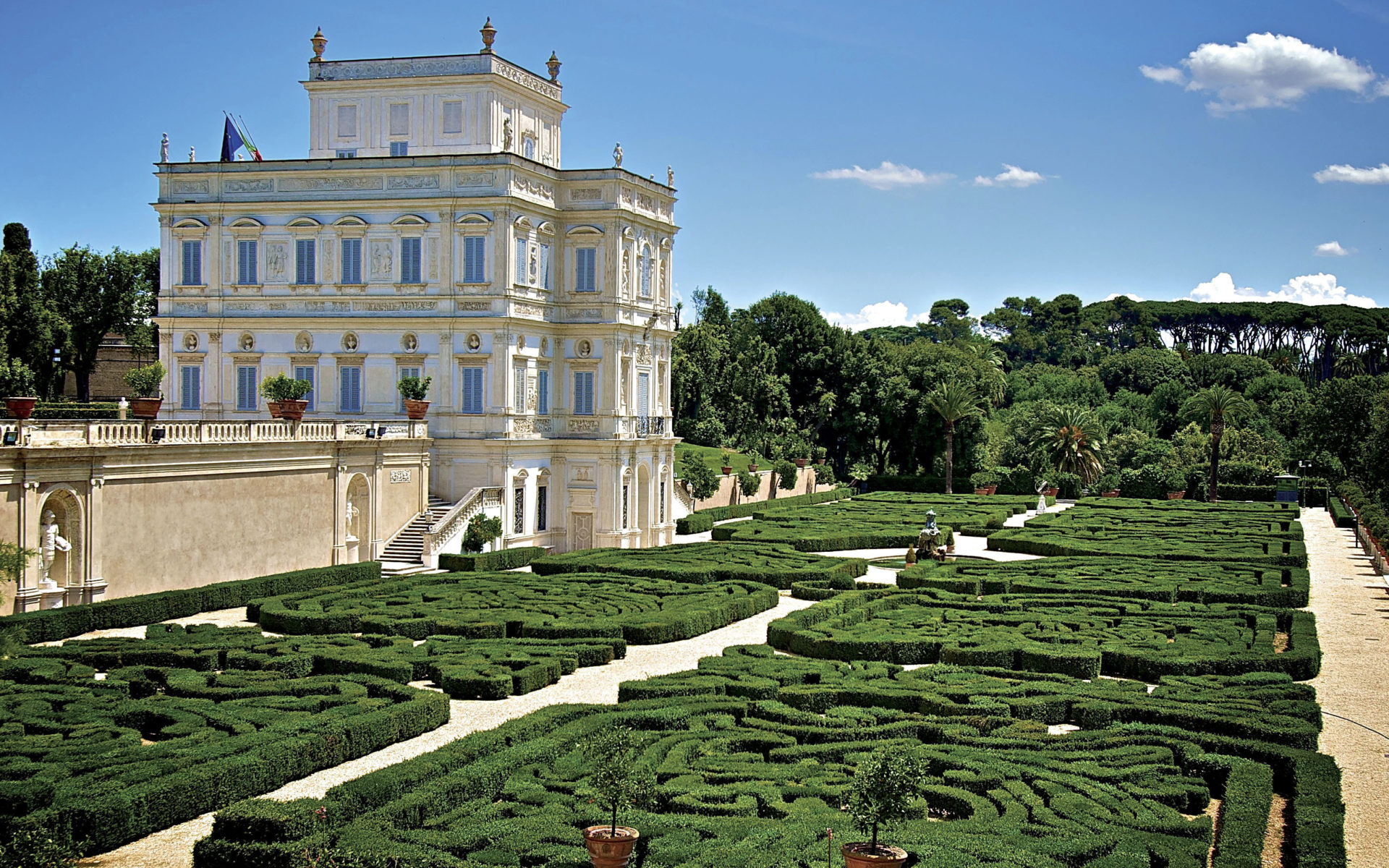

Ted Lee and E.V. Day Share Their Favorite Spots in Rome
Tagging along with his wife, Rome Prize winner E.V. Day, writer Ted Lee finds fascinating collisions of past and present in the Eternal City
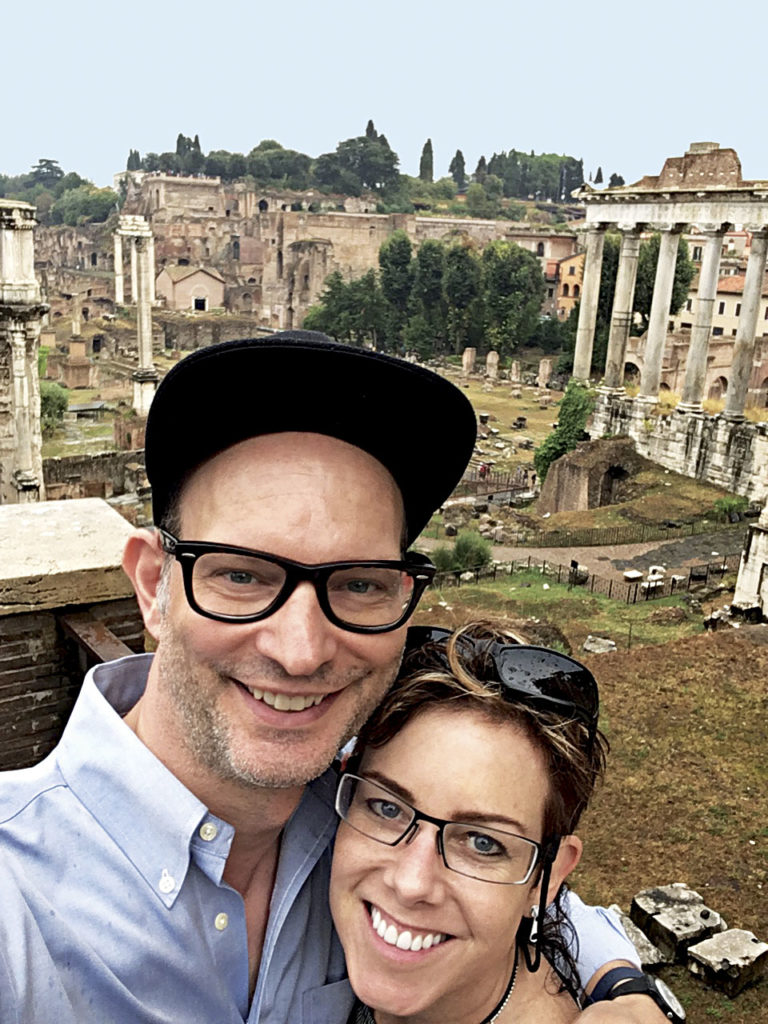
As guest-of-a-guest arrangements go, I hit the jackpot. My wife, E.V. Day, an artist known for her large-scale sculptural works, was awarded the 2017 Henry W. and Marian T. Mitchell/Miss Edith Bloom Fund Rome Prize in Visual Arts from the American Academy in Rome. Which is a cumbersome way of saying that instead of spending this year in Brooklyn, she’s living and working in the Eternal City, in a grand McKim, Mead & White palazzo surrounded by citrus and olive trees. And I’m her plus-one! Her studio here is a sun-strafed limestone pavilion, with arched windows stretching halfway up to the 30-foot ceilings, while our living accommodations, inside the academy’s mansion, overlook a cortile with two giant cypresses and a gently burbling fountain.
Did I mention the food? Culinary goddess Alice Waters designed the academy’s dining program, so we eat seasonal, sustainable meals at communal tables with 30 or so other artists, architects, designers, scholars, and writers who also received Rome Prizes. In theory we never need set foot outside the academy, but this is Rome after all, and every excursion beyond the property’s wrought-iron gates is an inspiring journey. And as we’ve discovered exploring this unique city, the resonance between the distant past and present life makes a music that can sometimes be jarring but is more often deliriously thrilling.
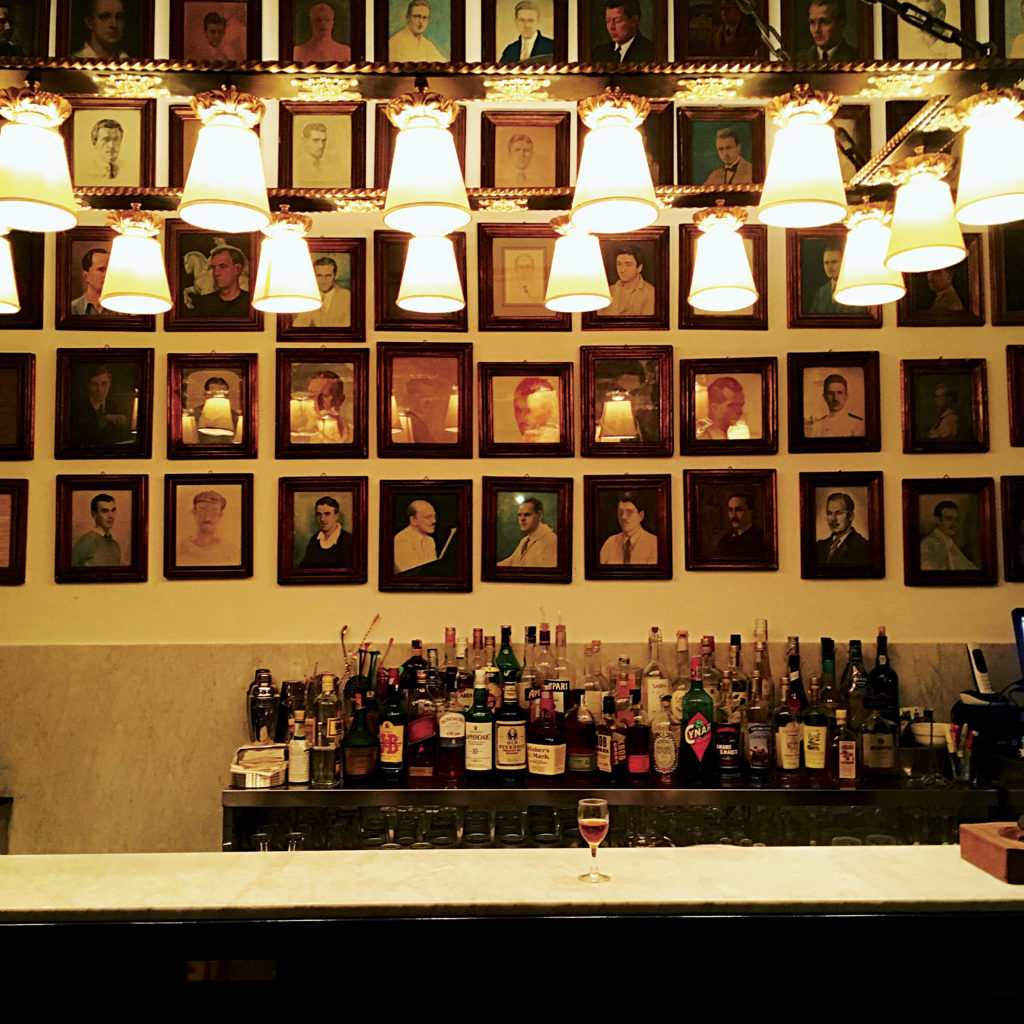
For one of our first trips into the city’s center, we decided to do the requisite walk through the temples of the Forum, which can seem deserted because it’s so sprawling. Suddenly, dark clouds barreled in, lightning crackled amid the sculpted columns of Castor and Pollux’s temple, and thunder shook the massive stones beneath our feet. But the squall left as quickly as it had come. By the time we exited the Forum, sunshine was gleaming on Michelangelo’s rain-slickened Piazza del Campidoglio, where we witnessed a couple, dressed in white and just married, emerging from a vintage white Fiat 500 festooned with ribbons.
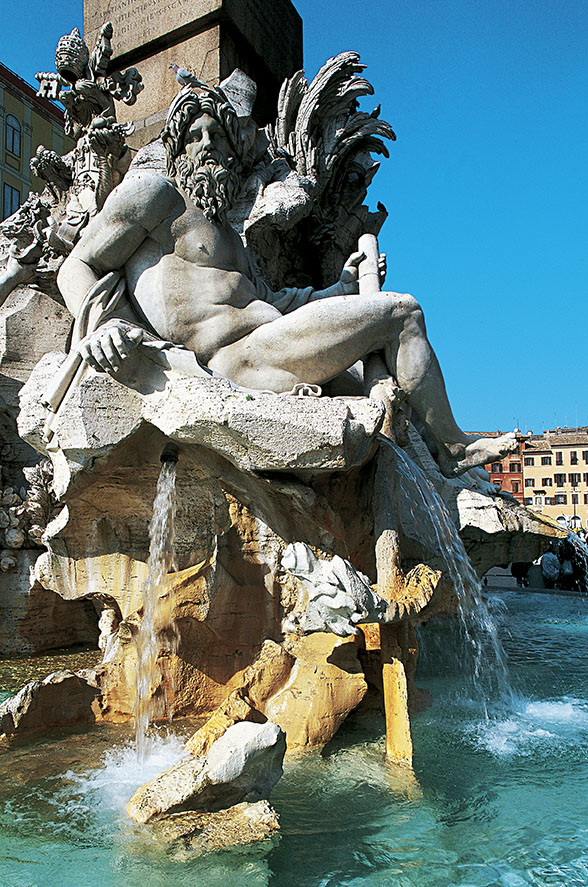
E.V. had applied for the Rome Prize so she could spend time ogling the 17th-century sculptures of Gian Lorenzo Bernini, a genius at capturing motion and emotion. We’ll devote hours to her favorites, such as the Piazza Navona’s Fountain of the Four Rivers—each river represented as a larger-than-life water god. But when we want to see contemporary art, we typically start at the MAXXI museum, in the Flaminio district. Designed by Zaha Hadid, the MAXXI has been something of a polarizing institution during its seven-year existence. (For the record, we are for it!) Its robust programming is global in outlook, with recent exhibitions ranging from a show on Pakistani artist Shahzia Sikander to a huge survey of Japanese home design. Approach the MAXXI as a sculptural maze and you can’t help but be delighted by the building.
From there we might make the lovely 45-minute stroll along the banks of the Tiber river to the Monitor Gallery, which recently presented a captivating selection of works by the groundbreaking but underappreciated Los Angeles artist Pat O’Neill. In the same neighborhood, the Lorcan O’Neill Gallery shows an esteemed roster of international names like Kiki Smith, Francesco Clemente, and Rachel Whiteread. Then it’s a short walk over the Tiber to Frutta Gallery, the young Glaswegian James Gardner’s showcase for emerging artists, and the recently opened outpost of New York heavyweight Gavin Brown’s Enterprise.
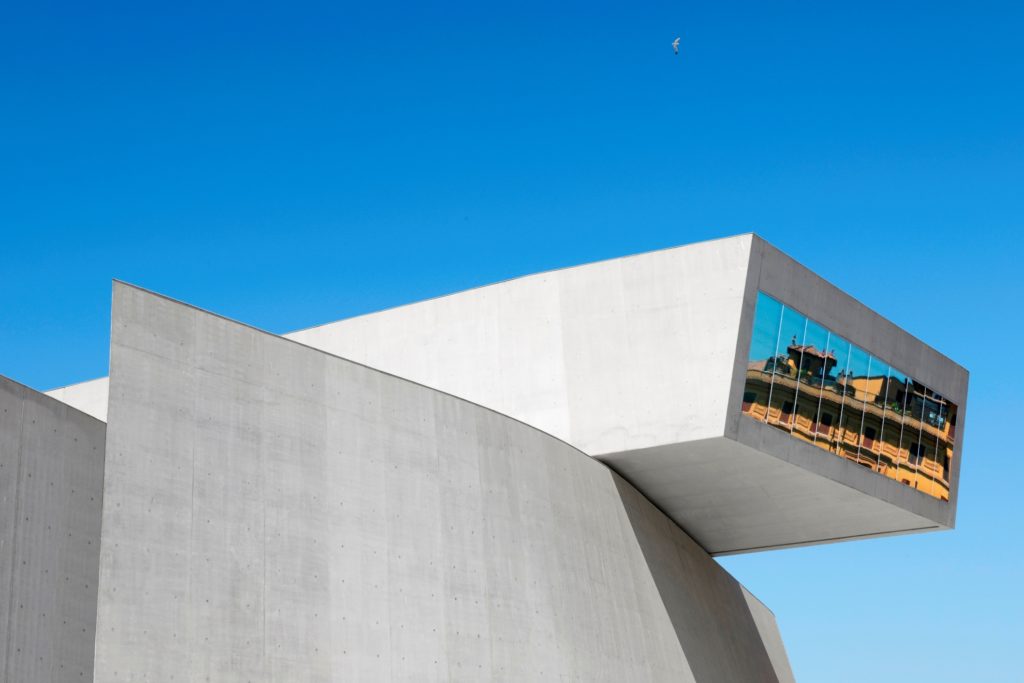
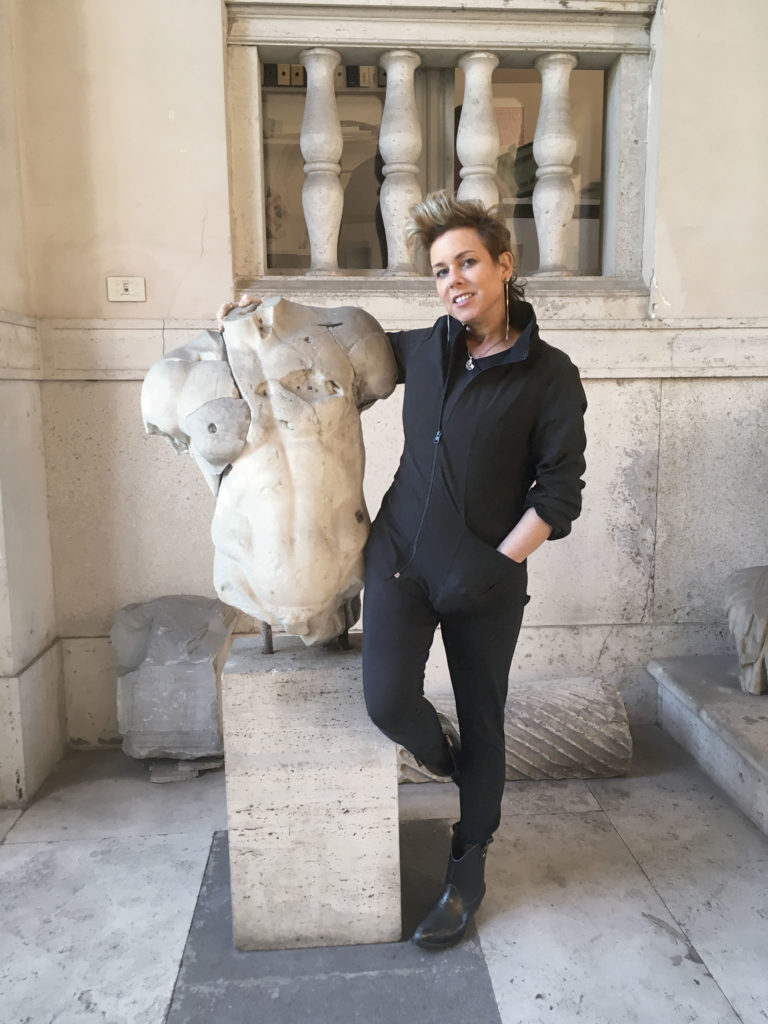
An afternoon of gallery-hopping demands some sustenance, and just across the street from Brown’s space is one of our go-to spots, Trattoria Da Enzo al 29, a bustling room crowded with paper-covered tables that excels in the food of right here. Da Enzo does all the classic Roman dishes—carciofi alla Romana (steamed artichokes with mint), rigatoni alla gricia (pasta with guanciale and pecorino), and coda alla vaccinara (braised oxtails)—with focused, precise flavors that belie their simplicity. Yes, it’s already on globe-trotting food-nerd maps, but when the gracious host brings you a small bowl of electric-green olio nuovo to pour over a plate of silky burrata and sweet-tart cherry tomatoes, all is well in the world.
On Sundays we like to head down the hill to the edge of the Trastevere district, where the antiques dealers of Rome’s largest flea market, Mercato di Porta Portese, gather around the Piazza Ippolito Nievo. Design hounds take note: Here you have to think small. The best vendors are the ones who appear to have emptied the contents of desk drawers onto their folding tables. Their collections of tiny treasures—Murano-glass fragments, Futurist silver jewelry, bizarre ex-votos and charms—have an outsized presence and poetry. They’re also finding their way into the new videos E.V. is working on.
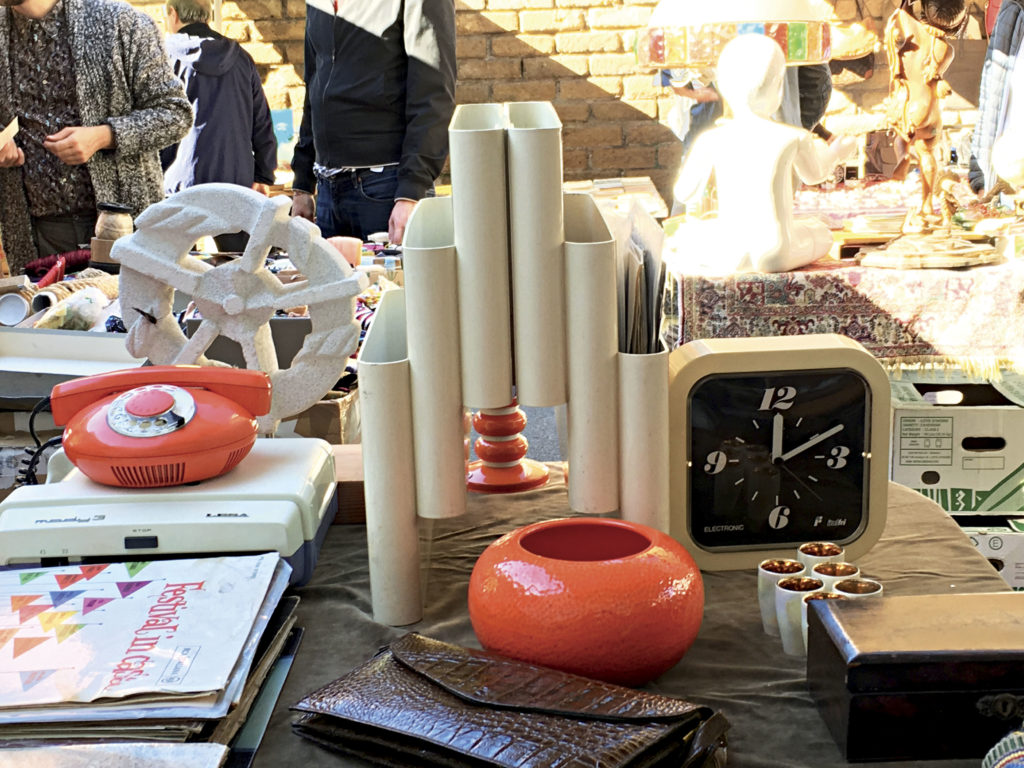
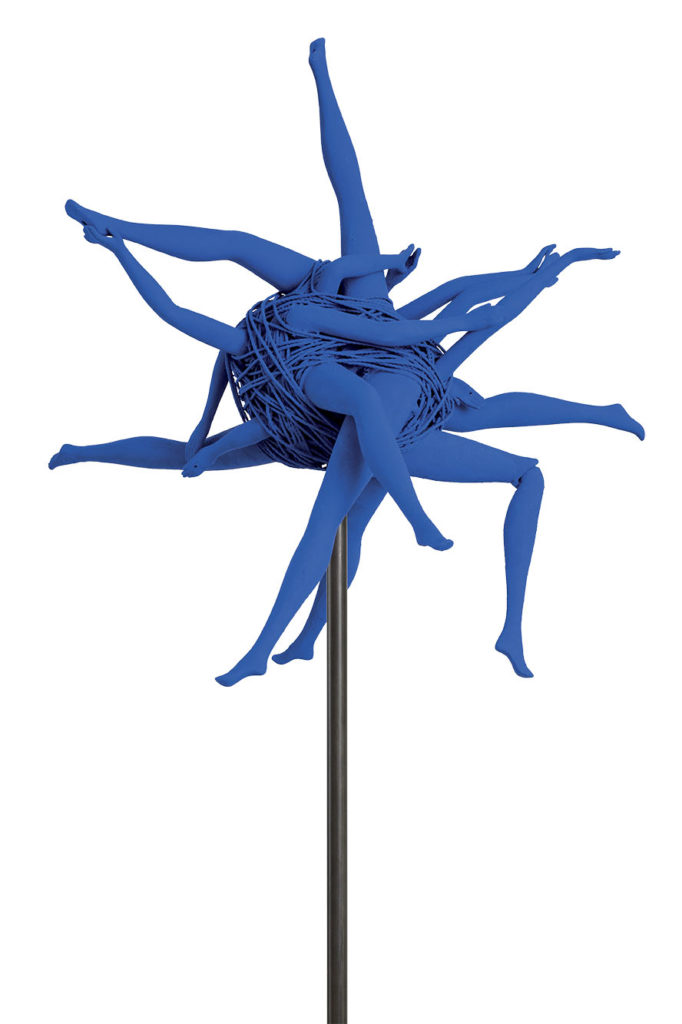
In the late afternoon, just before sundown, we like to ramble in the sprawling park behind the Villa Doria Pamphili, only a few minutes’ walk from the American Academy gates. At almost 200 acres, it is Rome’s largest public green space—and one of the city’s most overlooked marvels, boasting formal gardens with topiary hedges, orderly groves of umbrella pines, ruins of medieval statues, moss-festooned fountains, grottoes, ornamental columns, and flocks of wild parakeets that turn from bright green to silvery-purple when they take flight. There’s also a meandering lake with ducks, swans, and smaller birds. But the moment we pause to think how pastoral it all is, how timeless—how eternal, to embrace the cliché—a Roman teenager walks by, the leash of his sheepdog in one hand, the control of a camera drone hovering a few hundred yards behind in the other.


